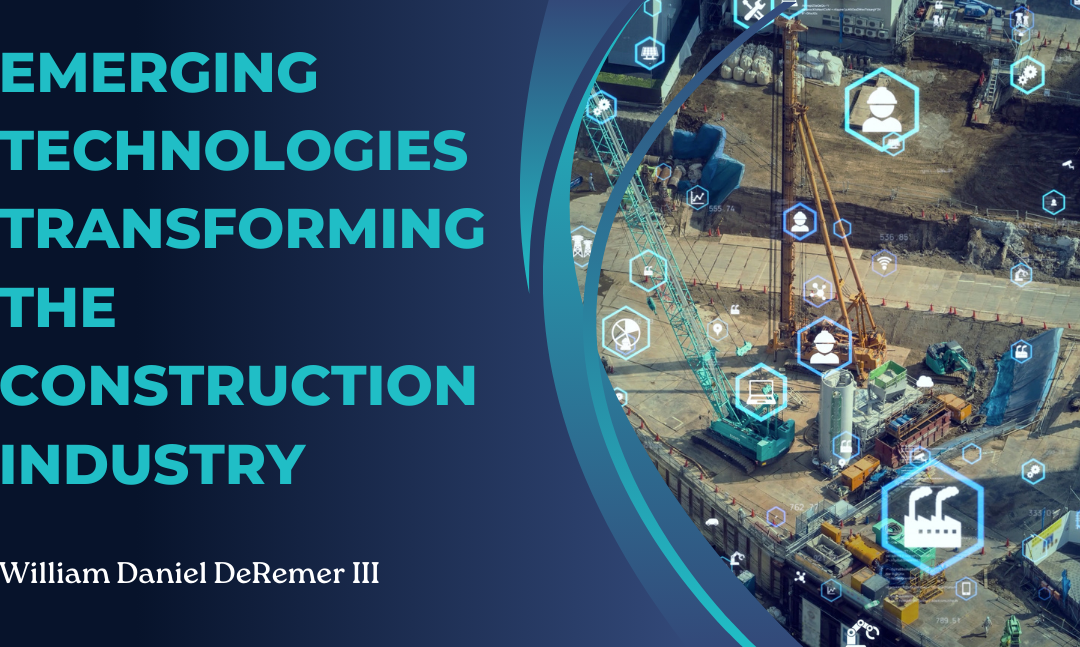The construction industry is in the midst of a digital revolution. Traditionally known for its reliance on manual labor and conventional methods, the sector is now embracing cutting-edge technologies that promise to increase productivity, reduce costs, and enhance safety. These innovations are reshaping how buildings are designed, constructed, and maintained, signaling a new era for builders, architects, and engineers alike.
One of the most transformative technologies in construction today is Building Information Modeling (BIM). BIM is a digital representation of the physical and functional characteristics of a facility. It allows stakeholders to visualize a project in 3D before the first brick is laid. More than just a blueprint, BIM integrates data related to materials, timelines, and cost, providing a collaborative platform for architects, contractors, and clients. This reduces design errors and helps in anticipating issues before they arise on-site.
Another breakthrough is the use of drones. Drones are increasingly used to survey construction sites, offering a bird’s-eye view of progress and allowing project managers to monitor work remotely. These aerial devices can quickly gather data, take accurate measurements, and identify potential hazards. This not only saves time and money but also improves site safety by reducing the need for workers to access potentially dangerous areas.
3D printing is also making waves in the industry. While still relatively new in large-scale applications, 3D printing allows for the quick creation of building components or even entire structures using layers of concrete or other materials. This technology reduces waste, accelerates the construction timeline, and can produce highly customized elements that would be difficult or expensive to manufacture using traditional methods.
Artificial intelligence (AI) and machine learning are becoming key players in project planning and risk management. AI can analyze vast amounts of data from past projects to identify patterns and predict potential delays or cost overruns. Machine learning algorithms can also help in optimizing logistics, forecasting equipment needs, and allocating labor more efficiently. This level of insight allows construction firms to make informed decisions and stay ahead of challenges.
Robotics is another area showing significant potential. From bricklaying robots to autonomous bulldozers, automation is beginning to handle tasks traditionally done by human labor. These machines can work continuously without fatigue, maintain high precision, and reduce the risk of injury. While there are concerns about job displacement, robotics can complement human workers by taking on repetitive or dangerous tasks.
The Internet of Things (IoT) is also playing a growing role in construction. Smart sensors can be embedded into machinery, materials, and wearable devices to track everything from equipment usage to worker health. These sensors provide real-time feedback, allowing managers to make swift decisions to improve productivity and safety. For example, sensors can alert supervisors if a piece of equipment is overheating or if a worker enters a restricted area.
Virtual reality (VR) and augmented reality (AR) are enhancing how construction projects are planned and experienced. VR can immerse clients and stakeholders in a digital version of the building before it’s built, helping them visualize layouts and finishes. AR, on the other hand, overlays digital information onto the physical world, assisting workers with on-site tasks like measuring or identifying components.
As these technologies become more accessible and cost-effective, the construction industry stands to benefit greatly. However, adoption requires investment, training, and a willingness to embrace change. Companies that are proactive in integrating these tools will be better positioned to compete in a rapidly evolving market.
In the coming years, construction will look vastly different from what it is today. From smarter planning to safer job sites, emerging technologies are driving the industry forward. By leveraging these innovations, construction professionals can build more efficiently, sustainably, and intelligently than ever before.

